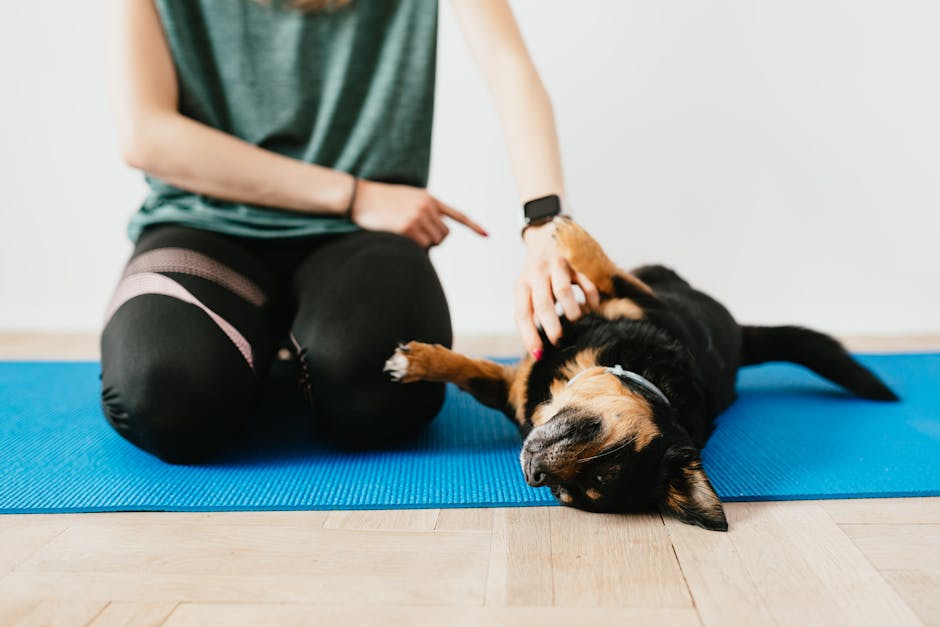Training your furry companion is an incredibly rewarding experience that can transform their behavior, enhance your bond, and create a harmonious household. Whether you're a first-time dog owner or an experienced trainer, this comprehensive guide will empower you with the knowledge and techniques to unlock your dog's full potential.
**1. Establish Clear Goals**
Before embarking on your training journey, it's essential to define your goals. What specific behaviors do you want to improve? Are you aiming for basic obedience, socialization, or more advanced tricks? Once you have a clear understanding of your objectives, you can tailor your training plan accordingly.
**2. Positive Reinforcement**
The cornerstone of effective dog training is positive reinforcement. This approach rewards desired behaviors with treats, praise, or play. When your dog exhibits the desired action, immediately provide a positive consequence to reinforce the behavior. Consistency and timing are crucial for this method to be effective.
**3. Negative Reinforcement and Punishment**
While positive reinforcement is generally preferred, negative reinforcement and punishment may be necessary in certain situations. Negative reinforcement involves removing something the dog enjoys, such as attention or freedom, to encourage a desired behavior. Punishment, on the other hand, inflicts a negative consequence, such as a physical correction or stern verbal reprimand. However, both of these methods should be used sparingly and only when strictly necessary.
**4. Basic Obedience Commands**
Every dog should master the five basic obedience commands: sit, stay, come, heel, and down. These commands provide a foundation for all other training and improve communication between you and your pup. Start by teaching these commands in a distraction-free environment, gradually increasing the level of difficulty as your dog progresses.
**5. Socialization**
Socialization is crucial for developing a well-rounded and confident dog. Expose your pup to different environments, people, and other animals to help them learn appropriate social interactions. Supervised playdates with other dogs can also provide a valuable socialization experience.
**6. Leash Training**
Leash training is essential to ensure your dog's safety and control in public spaces. Start by training your dog to walk calmly on a leash in a quiet area, gradually introducing more distractions. Remember to provide plenty of positive reinforcement and avoid pulling or jerking on the leash.
**7. Advanced Training**
Once your dog has mastered the basics, you can progress to more advanced training, such as agility, tracking, or obedience competitions. These activities not only provide mental and physical stimulation for your dog but also strengthen your bond and create a sense of accomplishment.
**8. Patience and Consistency**
Dog training is a gradual process that requires patience and consistency. Don't expect your dog to learn everything overnight. Celebrate small victories along the way, and be patient with your pup as they learn and grow. Remember, the journey is as important as the destination.
